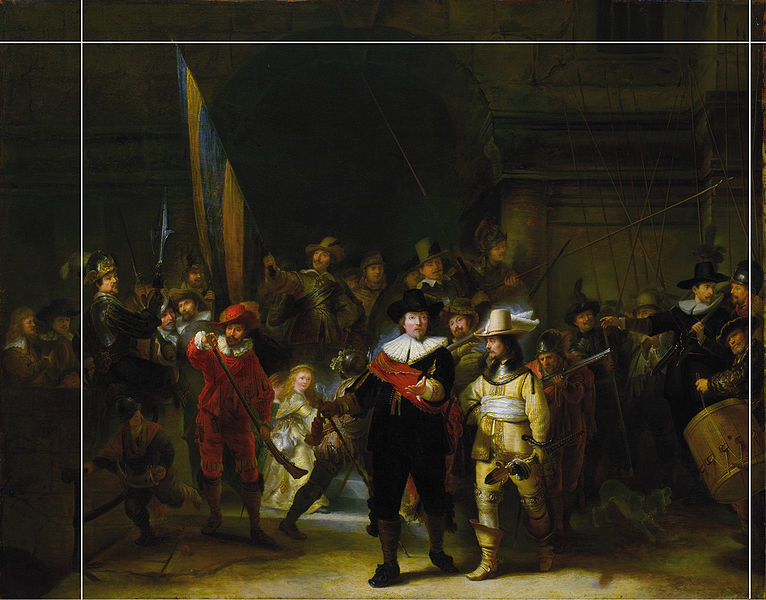]Paula’s photograph, made in Iceland, is an excellent example of the tones creating energetic eye movement throughout the entire picture space.
Paul Chamlee: Grindivík, Iceland, 2004
What is the subject here? It is not any one thing, but the relationship of all of the black marks to each other. That is the hallmark of a coherent, unified photograph. There are no “dead” areas and if any of the marks are removed the photograph falls apart. Cover with your finger, for example, the dark mark in the upper right-hand corner. See how the entire upper right side of the photograph dies—meaning, you eye doesn’t want to go there.
The movement of the eyes is inherently a pleasurable thing. If, in our photographs we can impel the eyes of the viewer to move we are giving visual pleasure. Visual pleasure must be something very deep and meaningful. Otherwise, why would art museums and their contents be such an important part of our culture? They exist for one reason only—to give visual pleasure.
Michael's Photograph: Washington, DC, 1984: I never talk about the act of making any of my photographs except for this one. I do so in the hope that the story will lead others to consider the making of their photographs just as carefully.
Michael A. Smith: Washington, DC, 1984
I was driving along the Potomac River in Washington, DC, and this scene caught my eye. I could not park my truck until I had driven another quarter mile. I walked back, without my 35-pound camera, lenses, holders, and tripod and asked the couple in the foreground if they planned to stay there for a while. When they said, “Yes,” I went back to get my equipment.
I made a couple of photographs and then I saw the figure at the right edge put his hand on his hip. I immediately saw the relationship of triangles created by his arm, the knee of the man in the foreground, and the arm of the woman lying down on the left side of the photograph. I quickly swung the camera around (I had been pointing it in a different direction) and focused. I was using a 24” lens, and as you know, the longer the lens the harder they are to focus, so focusing quickly was a challenge. I was more anxious while making this exposure than I have ever been before or since. Would the figure on the right keep his hand on his hip? If he moved his arm, I had no photograph. I focused the image on the ground glass and then I realized that the figures standing up, and the boats, were not in the right place. After a few very anxious moments I felt that the standing figures and the boats were in the right place and I made the exposure.
This photograph is an example of using a 35-pound camera like a 35-millimeter camera. It is never the camera that limits one’s choice of subject matter.






